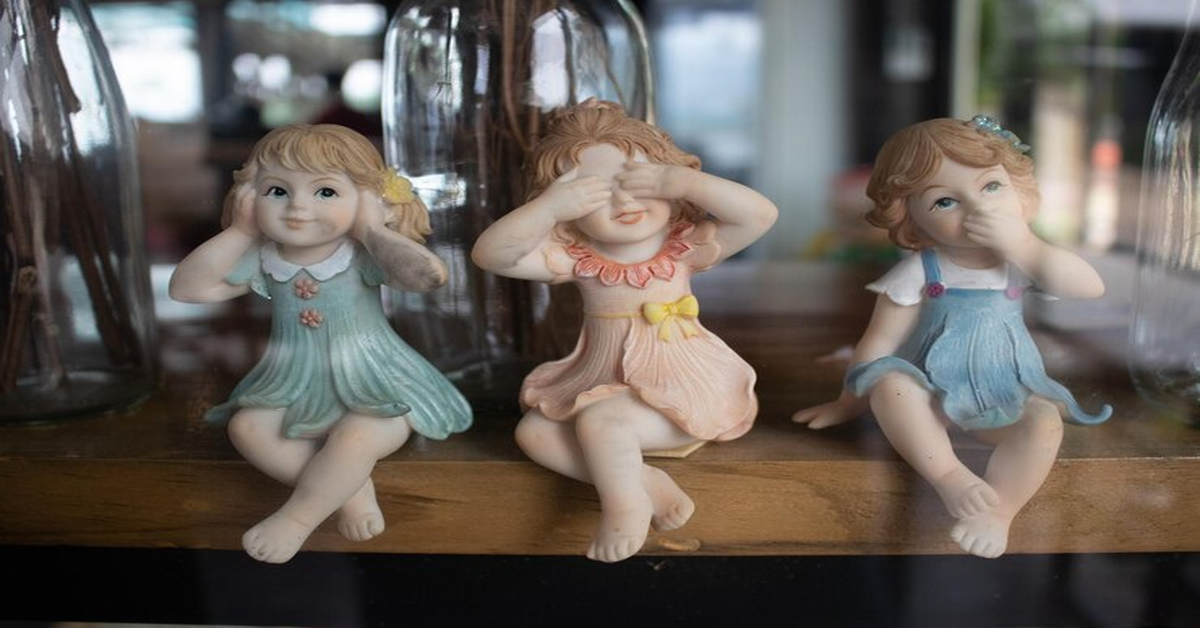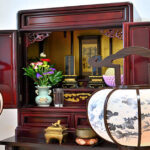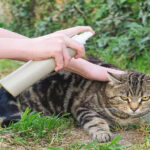What Is a Kewpie Doll?
A Kewpie doll is a small, cherubic, wide-eyed figure known for its distinctive appearance—plump cheeks, tufts of hair, and a mischievous smile. Originally created as an illustrated character in the early 20th century, the Kewpie evolved into a popular line of figurines, toys, and collectibles. With their whimsical design and historical significance, Kewpie dolls have left a lasting impression on American culture and beyond.
Origins of the Kewpie Character
Rose O’Neill: The Creator
The Kewpie doll traces its origins to Rose O’Neill, an American illustrator, author, and suffragist. In 1909, she introduced the Kewpies as comic characters in a magazine. The name “Kewpie” comes from Cupid, the Roman god of love, which is fitting given their cherubic, loving nature.
Rose O’Neill’s early illustrations captured the public’s imagination. Her characters—loving, mischievous, and full of childlike joy—quickly became iconic.
Comic Debut
The first Kewpies appeared in Ladies’ Home Journal, offering readers short moral lessons or light-hearted adventures. The characters soon gained popularity for their innocence, humor, and whimsical messages.
Their growing appeal eventually prompted a shift from paper to physical product—thus, the Kewpie doll was born.
Transition from Illustration to Figurine
From Print to Porcelain
In 1912, the first Kewpie dolls were manufactured in Germany, crafted from bisque porcelain. These early figures were hand-painted and modeled after O’Neill’s drawings, maintaining the same playful expressions and posture.
They became an instant hit. Children adored them, and collectors were drawn to their charm and artistic detail.
Production in America
Following World War I, Kewpie doll production moved to the United States, where they were made from more durable materials like composition, celluloid, and later, hard plastic. This made them more affordable and accessible.
By the 1920s and 1930s, Kewpie dolls had become staples at fairs, carnivals, and toy stores.
Signature Features and Design
Physical Appearance
Kewpie dolls are instantly recognizable by their:
- Big, round eyes
- Side-glancing gaze
- Single top-knot curl or sprout of hair
- Rosy cheeks and puckered lips
- Chubby bodies with outstretched arms
They often have wings, a nod to their Cupid inspiration. Most are nude or dressed in simple garments.
Size Range
Kewpies come in various sizes, from tiny figurines (less than 3 inches) to larger dolls (over 12 inches tall). Some were sold in sets, while others were stand-alone collectibles.
Materials Used
Over the decades, Kewpie dolls have been made from:
- Bisque (early German versions)
- Celluloid (lightweight and delicate)
- Composition (durable, sawdust-clay mix)
- Hard plastic (common post-World War II)
- Vinyl (modern collectibles)
Each material corresponds with a distinct period in Kewpie history.
Cultural Significance
Symbol of Innocence
Kewpie dolls represent innocence, joy, and goodwill. Their innocent expressions and gentle gestures made them ideal as toys for children and symbolic figures for affection and positivity.
Feminist Connection
Rose O’Neill, the creator, was also an outspoken advocate for women’s rights. She used the Kewpie characters to promote suffrage and female empowerment subtly. In some cartoons, Kewpies would carry banners encouraging gender equality.
Carnival and Prize Culture
In the United States, Kewpie dolls became synonymous with fairgrounds and carnivals, often offered as prizes in ring toss or other skill games. The phrase “win a Kewpie doll” became embedded in the lexicon, symbolizing a sweet, light-hearted reward.
Evolution Over the Decades
The 1920s to 1940s
During these years, Kewpie dolls were widely distributed in department stores and featured in advertising campaigns. Variants were dressed in baby clothes, wedding gowns, or holiday costumes.
The Great Depression slowed production, but interest never completely faded.
The 1950s and 1960s
Kewpies saw a revival during the mid-20th century, especially in Japan and the U.S., with new molds and brighter colors. Celluloid and early plastic versions became common.
They were often repurposed as promotional figures or mascot-style toys.
The Modern Era
Today, Kewpies are regarded as collectibles, appreciated by vintage toy enthusiasts, doll collectors, and pop culture historians. Contemporary artists also reinterpret Kewpies in various forms, blending nostalgia with modern commentary.
Collecting Kewpie Dolls
Antique vs. Modern
Collectors distinguish between antique Kewpies (pre-1930s) and modern replicas. Antiques are usually bisque or composition and carry higher value. Modern dolls are often plastic or vinyl and mass-produced.
Identifying Marks
Authentic Kewpie dolls may feature:
- “Rose O’Neill” stamped on the foot or back
- Country of origin (Germany, Japan, USA)
- Patent dates or mold numbers
These markings help determine authenticity and age.
Popular Variants
Collectors often seek:
- Original bisque Kewpies (most valuable)
- Jointed arms or legs
- Kewpie dolls in costumes
- Kewpies with wings or accessories
Limited-edition releases and artist-signed versions also command high prices.
Market Value and Appraisal
Determining Factors
A Kewpie doll’s value is influenced by:
- Age and origin
- Condition (cracks, repainting, missing parts)
- Material
- Rarity of design or costume
- Provenance or original packaging
Well-preserved bisque Kewpies can fetch hundreds or even thousands of dollars.
Where to Buy or Sell
Popular venues include:
- Antique stores
- Doll shows
- Online marketplaces
- Collector forums
Appraisal by a doll expert is recommended for rare finds.
Kewpies in Pop Culture
Advertising Mascots
Kewpie dolls have been used in various branding efforts, including food products (like Kewpie mayonnaise) and fashion accessories. Their look is iconic enough to serve as brand ambassadors across different industries.
Appearances in Media
Kewpie dolls have appeared in:
- Films as set decorations or symbolic objects
- Television in nostalgic or eerie contexts
- Art and sculpture as commentary on childhood, identity, or kitsch
Their distinctive look makes them a versatile symbol.
Modern Artistic Reinterpretations
Contemporary artists have reimagined Kewpies in ironic or subversive works. Some use them in surreal or abstract compositions to contrast innocence with darker themes.
Educational and Historical Context
Use in Museums
Many museums dedicated to toys, Americana, or women’s history feature Kewpie dolls. They are often accompanied by exhibits on Rose O’Neill, showcasing her role as both an artist and social reformer.
Teaching Cultural Change
Kewpies help educators discuss topics like:
- The evolution of consumer culture
- Gender representation in toys
- Artistic expression through commercial goods
- The intersection of art and mass production
Their history spans over a century, making them a valuable tool in both art and social studies education.
International Appeal
Japan and Kawaii Culture
In Japan, Kewpies have been embraced as part of the “kawaii” (cute) aesthetic. Their wide-eyed look and cheerful demeanor fit well with Japanese design sensibilities.
Kewpie dolls and branding are common in stationery, food packaging, and novelty items.
European Collecting Traditions
In Europe, especially in Germany and France, Kewpie dolls remain beloved collectibles. Antique markets regularly feature early bisque versions from the original German manufacturers.
Global Recognition
While not as mainstream today, the Kewpie image is still recognized globally, often as a symbol of vintage charm and wholesome affection.
Controversy and Criticism
Perceived Obsolescence
Some argue that the Kewpie doll’s popularity faded because it became culturally outdated, overshadowed by modern toy trends and licensed character toys.
Association with Kitschy Decor
In some circles, Kewpies are considered “kitsch”—overly sentimental or outdated in style. This can either enhance their appeal (as retro collectibles) or reduce it (as passé items).
Reinterpretation Risks
Modern art using Kewpie imagery has occasionally stirred debate, especially when used in controversial or provocative contexts. These reinterpretations challenge traditional perceptions of innocence.
Preservation and Care
Storage Tips
- Keep out of direct sunlight to prevent fading
- Store in temperature-controlled environments
- Use acid-free boxes for packaging
- Avoid high humidity to prevent material deterioration
Cleaning Practices
- Use soft brushes or cloths for dusting
- Avoid harsh chemicals
- For bisque dolls, a damp, lint-free cloth can help clean surface grime (do not immerse in water)
Repair and Restoration
For valuable dolls, consult professional restorers. Amateur repairs may reduce market value or cause further damage.
Future of the Kewpie Legacy
Continued Collectibility
With renewed interest in vintage culture, the Kewpie doll continues to attract attention. New collectors enter the market through nostalgia, aesthetics, or artistic interest.
Artistic Revivals
Artists and designers occasionally release limited-edition Kewpies, often in collaboration with toy companies or galleries. These blends of old and new expand the brand’s relevance.
Online Communities
Enthusiasts gather in forums, social media groups, and collector sites to trade, appraise, and share Kewpie-related content. This community supports knowledge-sharing and preservation.
Conclusion
The Kewpie doll is more than a toy—it’s a window into artistic innovation, cultural transformation, and social history. From its humble beginnings in illustrated comic panels to becoming an enduring symbol of affection and playfulness, the Kewpie doll continues to capture hearts and imaginations.
Its journey reflects broader themes in design, feminism, commercial culture, and childhood nostalgia. Whether collected for its artistry, historical value, or simple charm, the Kewpie doll remains a beloved fixture in both American and global heritage.
FAQs
1. Who invented the Kewpie doll?
The Kewpie doll was created by Rose O’Neill, an American illustrator and writer, in 1909 as a comic character.
2. What materials are Kewpie dolls made from?
Original dolls were made of bisque porcelain, while later versions used celluloid, composition, plastic, and vinyl.
3. Are Kewpie dolls valuable?
Yes. Antique bisque Kewpies in good condition can be quite valuable, especially those with original markings or accessories.
4. Why are they called Kewpie dolls?
The name “Kewpie” derives from Cupid, the Roman god of love, reflecting the doll’s cherubic, loving nature.
5. How can I tell if my Kewpie doll is original?
Check for markings such as “Rose O’Neill,” country of origin, and material type. Authentic bisque dolls often have hand-painted details.
6. Are Kewpie dolls still made today?
Yes, modern replicas and collectibles are still produced and sold, especially in vintage-themed shops and online marketplaces.











